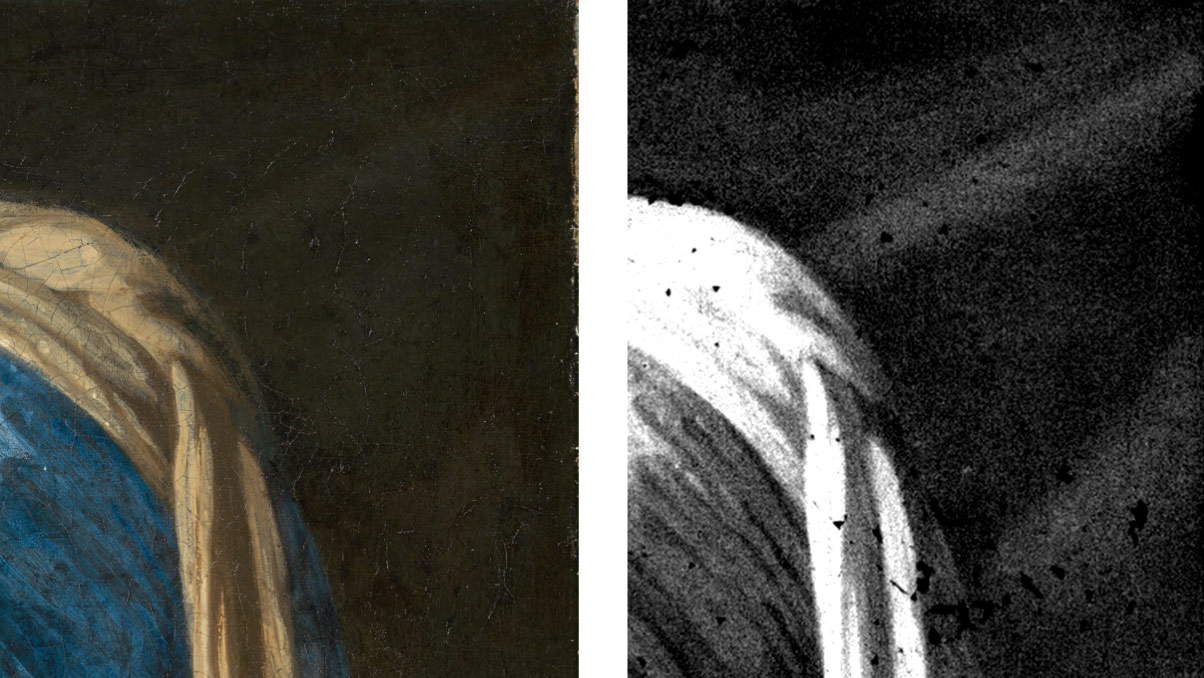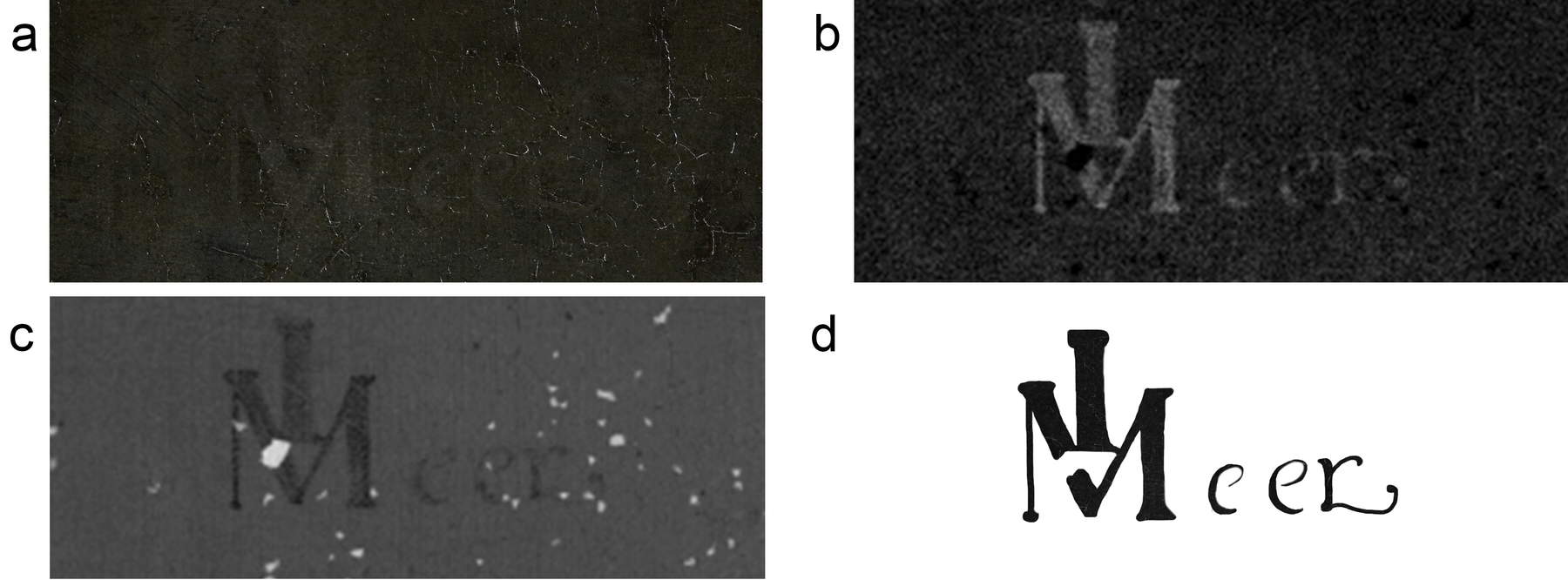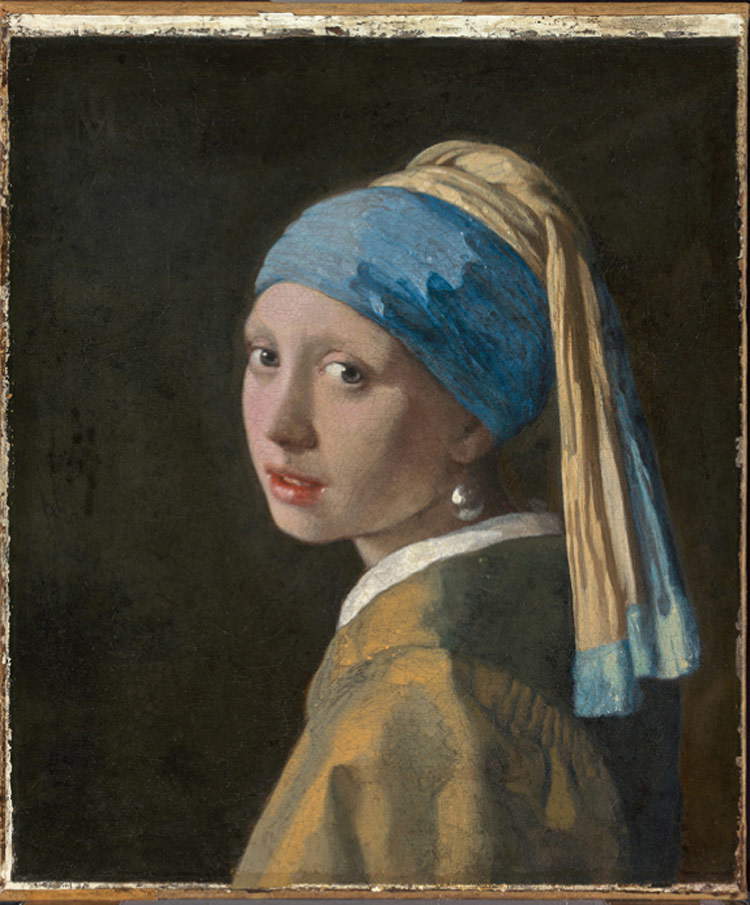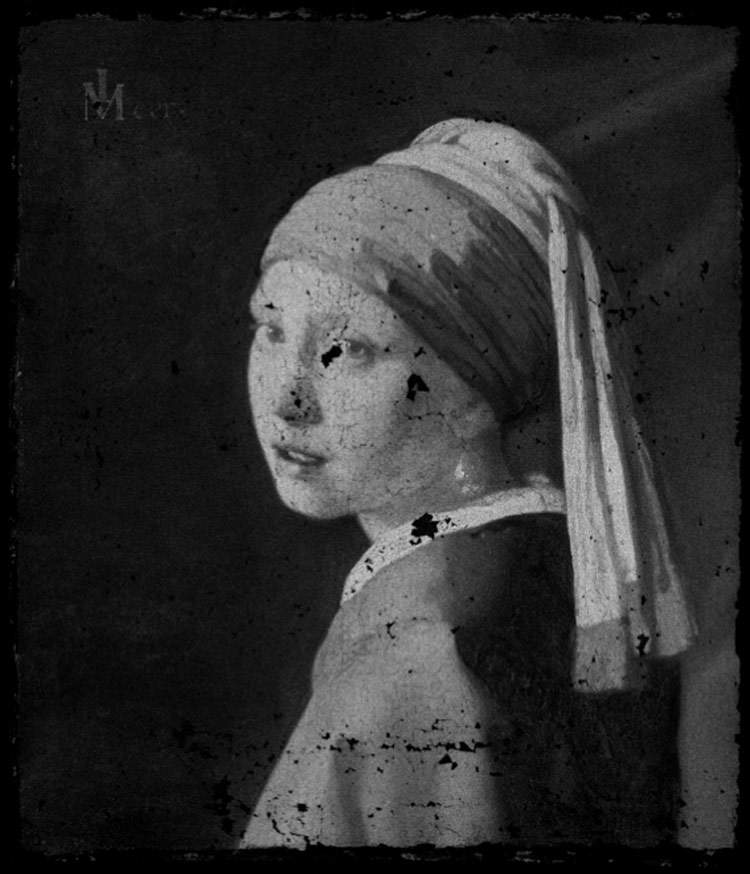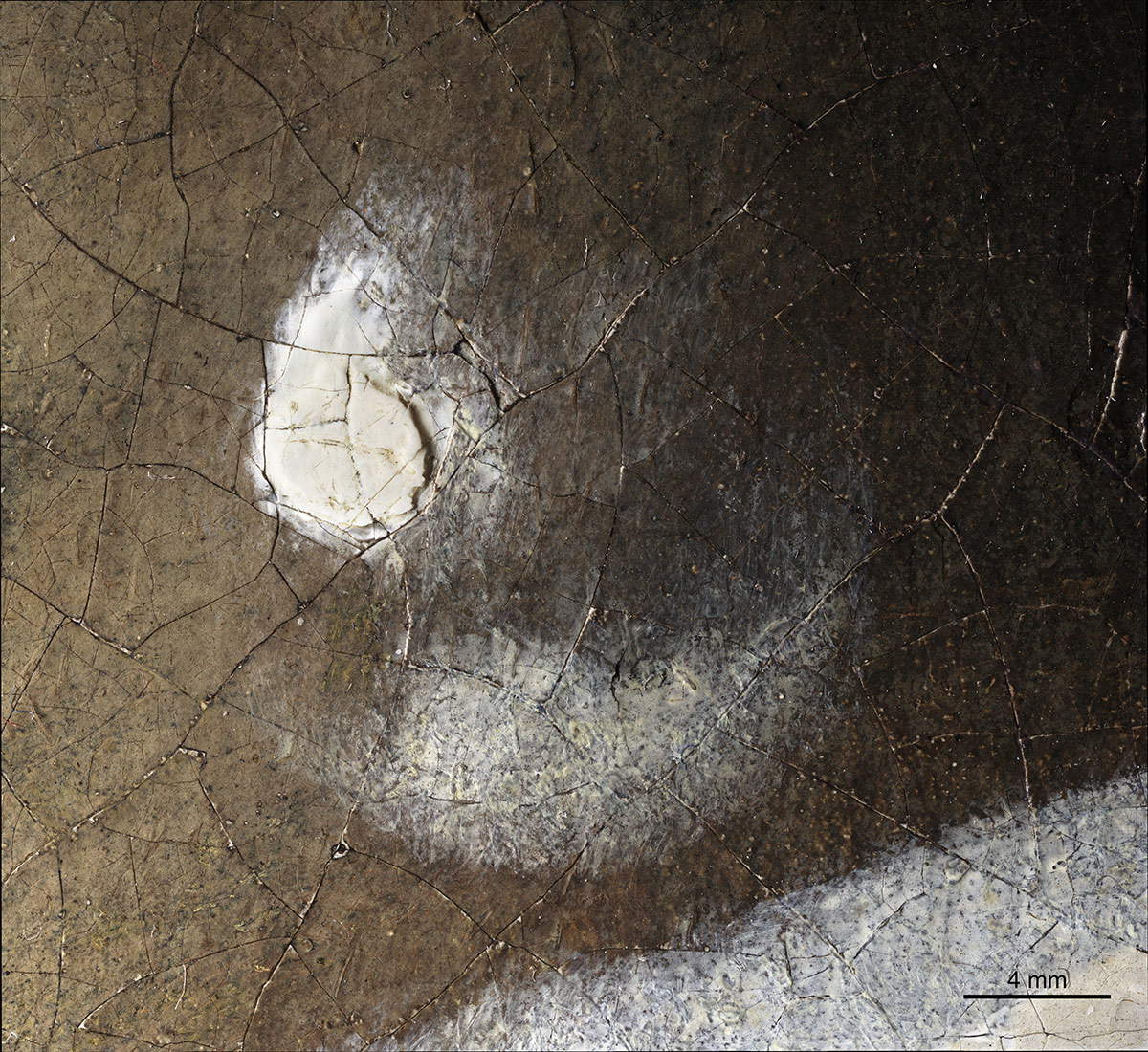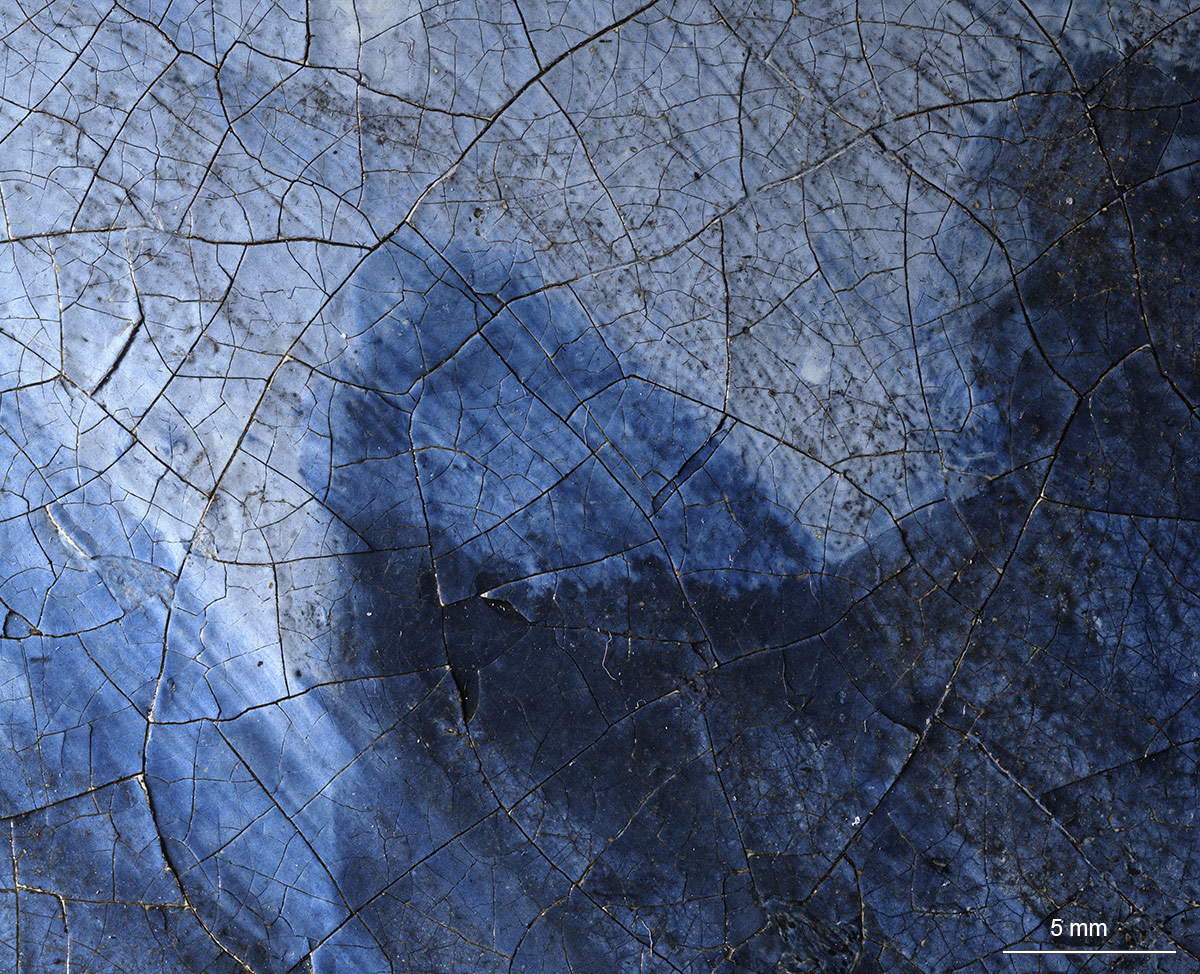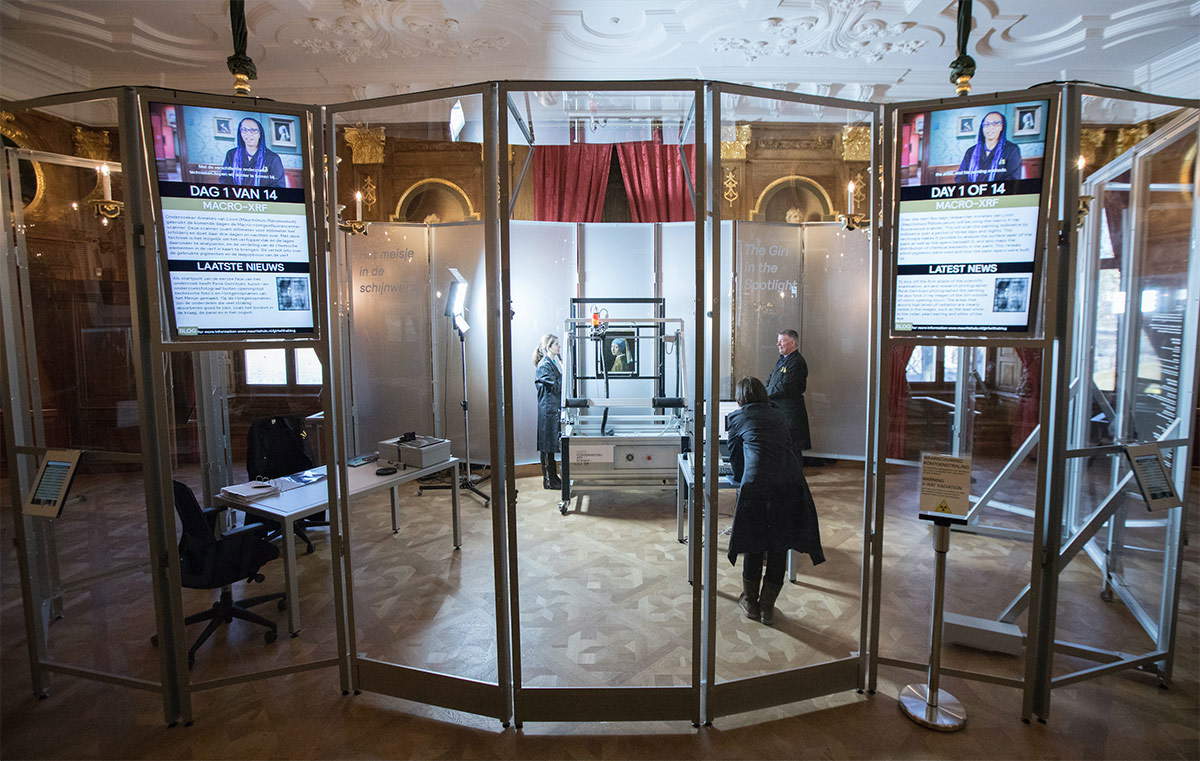by Redazione , published on 01/05/2020
Categories: Art and artists
/ Disclaimer
New studies on Vermeer's famous painting have led the team at the Mauritshuis in The Hague led by Abbi Vandivere to make interesting new discoveries.
The Mauritshuis inThe Hague (Netherlands), or the “home” of the world-famous Girl with a Pearl Earring by Jan Vermeer (Delft, 1632 - 1675), a masterpiece painted around 1665, has subjected the work to new studies that have gathered much additional information about the girl and led to new discoveries. The analysis, entitled The Girl in the Spotlight (“The Girl in the Spotlight”) and directed by conservator Abbie Vandivere (conservator of paintings at the Mauritshuis), was carried out with a multidisciplinary approach implemented by an international team of scientists and using non-invasive scanning techniques, examinations of paint samples, and investigations conducted with a digital microscope. The result is a much deeper “look” at the painting than has ever been possible so far.
Among the most surprising discoveries, one concerns the background, which was originally not a simple black background as it appears to us today: in fact, Vermeer had painted the girl in front of a green curtain. In fact, with X-ray fluorescence, diagonal lines and color variations have been discovered in the upper right corner that precisely resemble the folds of a curtain, which has now disappeared due to the action of physical and chemical agents on the painting. And again, it was discovered that Vermeer had painted the girl’s eyelashes: today we in fact see her without them, but again X-ray fluorescence scanning and microscopic examinations revealed that the artist did not have in mind an image of the girl’s eyes like the one we see today.
Findings were then acquired on the techniques Vermeer used to paint his works. The Dutch painter began by affixing brown and black shading to the surface of the painting: this was discovered through infrared reflectography, which revealed strong brushstrokes of this type beneath the colors we see with the naked eye today. Other black brushstrokes, finer and more subtle, had been employed to trace the girl’s outlines. What is more, Vermeer made some changes in the process: indeed, research has unveiled some pentimenti involving the ear, the height of the turban, and the back of the neck, all of which were originally placed in slightly different positions. We also know how the composition was formed: after painting the background, Vermeer focused on the girl’s face, after which he painted the jacket, the necklace, the turban, and lastly the very famous pearl earring. Earring that would be nothing more than ... a kind of optical illusion: there is in fact no earring hanging from the young girl’s ear, and the pearl is rendered with small touches of translucent white paint. Finally, Vermeer had also signed the painting in the upper left corner.
 |
| Detail of the curtain in the polarized light photo and in x-ray fluorescence |
 |
| Detail of the eye in 3D digital photomicrograph (140x magnification) and x-ray fluorescence |
 |
| Vermeer’s signature |
The study also mapped for the first time Vermeer’s palette, which used vermillion red, several shades of yellow and brown, ultramarine blue and indigo, a couple of shades of black, and two shades of white for his painting. On the latter, the painter was particularly careful, since the shades of white were essential to achieve the optical and luministic effects and transparencies that the artist intended to give the painting (see only the variations of light on the girl’s skin). One peculiarity is the origin of the colors: in fact, it was discovered that Vermeer’s materials had the most diverse origins, from Mexico and Central America, England, and probably even the West Indies. The ultramarine blue used, for example, had been obtained from a variety of lapis lazuli from what is now Afghanistan-a highly prized material that also required lengthy preparation procedures (so much so that, in 17th-century Holland, it was considered even more valuable than gold).
“Our scientific research,” said Abbi Vandivere, "has brought us closer than ever to Vermeer and the girl. By combining and comparing different scientific technologies, the study has given us much more information than any one type of technology would have given us. We can therefore say that the Girl with a Pearl Earring is a much more personal image than we thought. These examinations have also documented the current state of preservation of the painting, which means we can optimally monitor any changes that occur in the future."
“Warning, I’m going to make a spoiler,” says Mauritshuis director Martine Gosselink wryly: “we haven’t found out who this young woman is, nor do we know if she really existed. But now we are a little closer to her. The research team has made many discoveries that make the girl much more personal. This is not the conclusion of our research, however, but an intermediate step. We want to continue: technical possibilities continue to evolve, collaborations grow, and likewise the desire to discover more grows. Of course, we will keep you informed!” As critics have long speculated, Girl with a Pearl Earring is not a portrait: it is a tronie, or a kind of study of a typical individual or character, in this case a girl wearing an oriental turban. tronies were a typical genre in Dutch painting in the seventeenth century, and the Girl is the most famous example: at any rate, we do not know whether a girl actually posed for the work, and the real identity of the young woman remains a mystery to this day. For those who want to know more, we had already discussed the issue of the identification of the Girl with the Pearl Earring on these pages, while to follow the story of the restoration (as well as the painting), one can go to Abbi Vandivere’s blog, dedicated to the painting and hosted on the Mauritshuis website.
Specialists from the Netherlands Institute for Conservation+Art+Science+ participated in the research in collaboration with the Universities of Antwerp and Amsterdam, the Shell Technology Center in Amsterdam, the microscope company Hirox Europe, the National Gallery in Washington, DC, and other partners. Below are some photographs from the study.
 |
| Polarized light photography (René Gerritsen & Research Photography) |
 |
| X-ray fluorescence |
 |
| On the left, visible light photography, on the right infrared reflectography |
 |
| Detail of the pearl earring in 3D digital photomicrograph (140x magnification) |
 |
| Detail of the turban in the 3D digital photomicrograph (140x magnification) |
 |
| Abbie Vandivere and Annelies van Loon perform X-ray fluorescence on the painting |
 |
| Emilien Leonhardt of Hirox Europe examines the painting with a 3D microscope |
 |
| Abbie Vandivere in front of the painting |
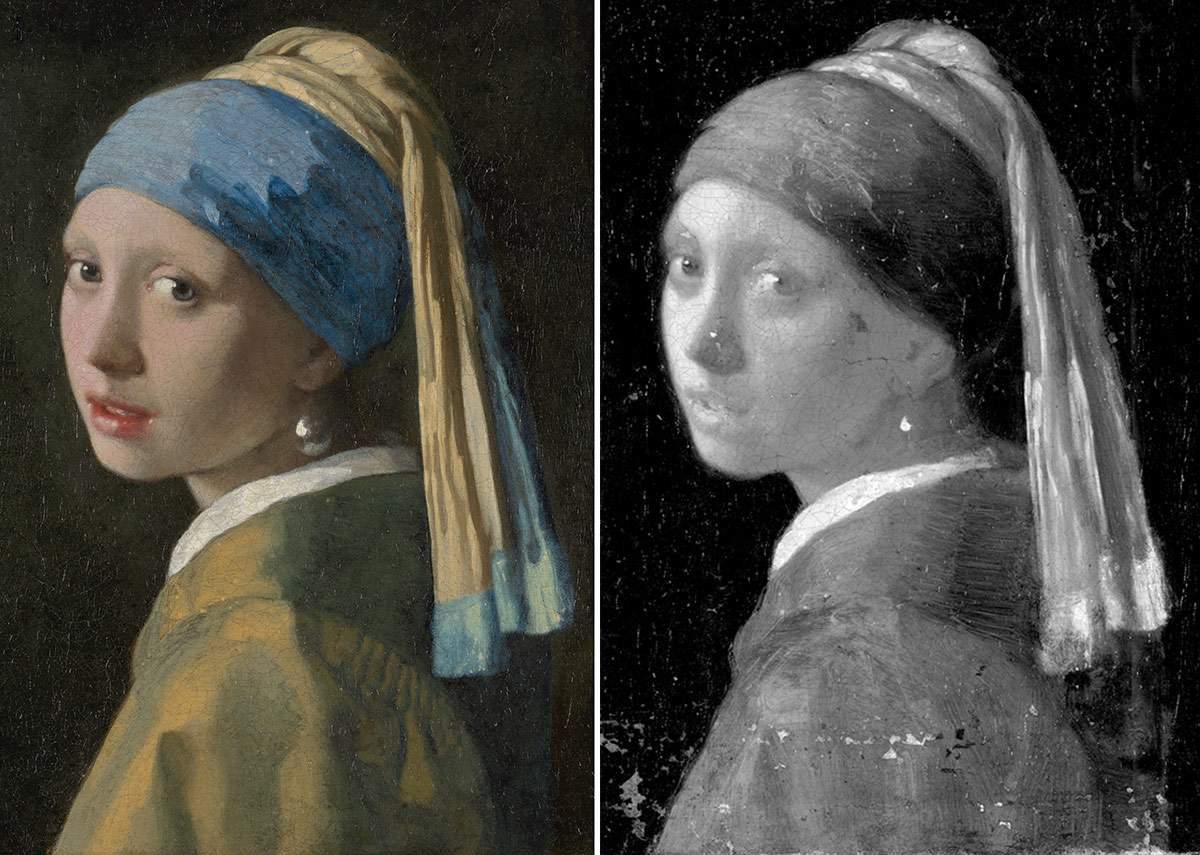 |
| The Girl with the Pearl Earring had eyelashes and stood in front of a tent: new findings |
Warning: the translation into English of the original Italian article was created using automatic tools.
We undertake to review all articles, but we do not guarantee the total absence of inaccuracies in the translation due to the program. You can
find the original by clicking on the ITA button. If you find any mistake,please contact us.
